
Friedrich-Alexander-Universität Erlangen
Lehrstuhl für Mustererkennung
Martensstraße 3
91058 Erlangen

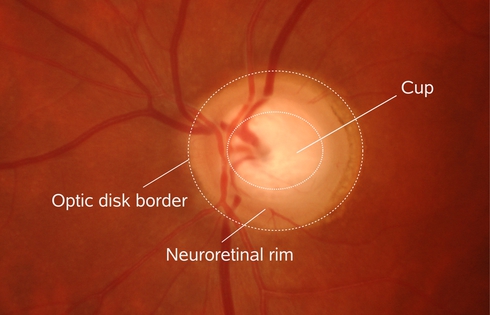 |
Glaucoma is one of the most common causes of blindness with a mean prevalence of 2.4 % for all ages and of 4.7 % for ages above 75 years []. The disease is characterized by the progressive degeneration of optic nerve fibers and astrocytes showing a distinct pathogenetic image of the optic nerve head.
Glaucoma leads to
The structural changes are manifested by a slowly diminishing neuroretinal rim indicating a degeneration of axons and astrocytes of the optic nerve (Figure 1).
This contribution provides a novel Glaucoma Risk Index (GRI) from fundus images by capturing ONH changes caused by glaucoma disease.
Contrary to the established detection techniques, it does not require accurate measurements of geometric ONH structures as it performs a statistical data mining technique on the image patterns themselves.
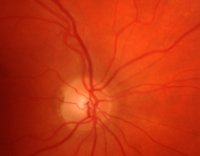
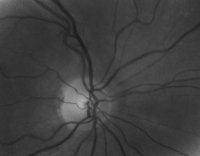
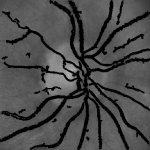
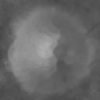
The major procedure illustrated in Figure 2 consists of three steps:
Preprocessing:
The appearance-based techniques preserve the data variation in the low dimensional representation independent from its origin although it might not be related to the classification task.
Variations such as
are not linked to the glaucoma disease and have to be excluded from the image data beforehand (Figure 3).
Feature extraction:
We propose different types of data representation in order to capture the image information:
These feature types are then compressed separately by PCA to gain a low dimensional image representation for classification.
Classification:
In the last processing step, a probabilistic two-stage classifier scheme using the Support Vector Machine (SVM) combines the different types of features to gain one single glaucoma prediction, the Glaucoma Risk Index (GRI).
 |
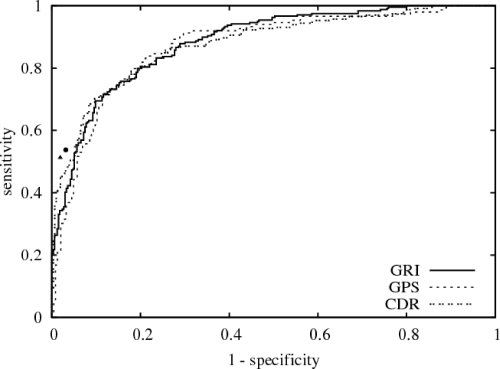
Data:
Comparison to experts and established glaucoma parameters
The Reveiver operating characteristic (ROC) curve of GRI (---) with an area of 88 % in comparison:
This contribution provides a competitive, reliable and probabilistic glaucoma risk index
from images of the low-cost digital color fundus camera
as its performance is comparable to medical relevant glaucoma parameters.
This proves, data-driven GRI is able to extract relevant glaucoma features. In the
future, it might give a first, low-cost glaucoma indication to route the patients to
more elaborate clinical trials only if necessary.